Glute training has taken the fitness world by storm, and for good reason. Strong, well-developed glutes are not only aesthetically pleasing but also vital for athletic performance, posture, and injury prevention. But not everyone has access to a gym or heavy weights—so a common question arises: Can you grow your glutes with resistance bands alone?
In this in-depth guide, we'll explore the science behind glute growth, how resistance bands work, and whether they can truly help you achieve those sculpted, strong glutes you're after. Spoiler alert: the answer is yes—but only if you do it right.
Why Glute Growth Matters
Before we dive into bands and booty-building, let's take a step back and talk about the muscles we're targeting.
Your glutes consist of three main muscles:
- Gluteus Maximus – the largest and most powerful, responsible for hip extension and outward rotation.
- Gluteus Medius – sits on the outer side of your pelvis, stabilizes the hips during movement.
- Gluteus Minimus – the smallest, located beneath the medius, assisting with hip stabilization and movement.
Building these muscles isn't just about looking good in jeans. Strong glutes improve your performance in running, jumping, squatting, and even daily tasks like walking up stairs or picking up heavy objects. They also help prevent lower back and knee injuries by stabilizing your hips and pelvis.
What It Takes to Build Muscle (Including Your Glutes)
Muscle growth, or hypertrophy, requires a few key ingredients:
- Mechanical tension – created when you contract your muscles against resistance.
- Progressive overload – gradually increasing the difficulty of your workouts over time.
- Sufficient volume – enough sets and reps to stimulate muscle fibers.
- Rest and recovery – allowing muscles to repair and grow stronger between sessions.
People often assume you need barbells and machines to create enough tension or overload, but that's not necessarily true. Resistance bands can do the trick if you use them effectively.
How Resistance Bands Work
Resistance bands are elastic bands that provide external resistance when stretched. The more you stretch the band, the greater the resistance.
There are various types:
- Loop bands (closed circular bands)
- Mini bands (smaller loops, often placed above the knees)
- Tube bands (with handles)
- Fabric bands (often thicker, more durable, and non-slip)
Unlike free weights, bands create variable resistance, meaning the resistance increases as the band stretches. This challenges your muscles in different ways—especially at the top of movements, where weights might otherwise become easier due to mechanical leverage.
Can Resistance Bands Really Grow Your Glutes?
Yes, you can grow your glutes with resistance bands—but only if you train smart. Let's break it down.
✅ What the Science Says
Multiple studies have shown that muscle activation (especially in the glutes) can be just as high—or even higher—with resistance bands compared to free weights in certain exercises. For instance, exercises like banded hip abductions and glute bridges can effectively target the glutes, particularly the gluteus medius and minimus.
The key is tension and progression. If you're consistently challenging your muscles and progressively increasing resistance, you can absolutely stimulate growth—even without traditional weights.
✅ Real-World Evidence
Many fitness professionals, athletes, and influencers have built impressive glutes using bands either exclusively or in combination with other tools. Bands are especially popular in at-home workouts and glute activation routines because they're effective and convenient.
Best Resistance Band Exercises for Glute Growth
To effectively target all parts of the glutes, include a variety of movement patterns: hip extension, abduction, and rotation. Here are some of the most effective resistance band exercises:
- Banded Glute Bridges - Targets the gluteus maximus. Place the band just above your knees and push outward as you thrust your hips up.
- Banded Squats - Add a band around the thighs to increase glute engagement, especially on the outer glutes.
- Standing Kickbacks - Use a loop band around your ankles. Kick one leg straight back to hit the gluteus maximus.
- Clamshells - Great for activating the gluteus medius and minimus. Lie on your side with knees bent and lift the top knee while keeping your feet together.
- Fire Hydrants - Start on all fours with the band above your knees. Lift one leg out to the side to strengthen the hip abductors.
- Banded Hip Thrusts - Like glute bridges but with shoulders elevated. Excellent for full-range glute activation.
Making Resistance Band Workouts Effective
Simply doing exercises with a band isn't enough. To maximize results, follow these tips:
- Choose the Right Resistance - Use a band that challenges you while still allowing proper form. Start with medium resistance and progress as needed.
- Focus on Form and Activation - Poor form can shift the tension away from your glutes. Engage your core, keep your knees aligned, and feel the burn in the right muscles.
- Increase Time Under Tension - Slow down your reps. Hold the top of the movement for 1–2 seconds to maximize glute contraction.
- Progress Over Time - Upgrade to heavier bands, increase reps/sets, or add tempo variations (e.g., slow down the eccentric phase).
- Combine with Bodyweight or Light Weights - Resistance bands pair well with other equipment to increase difficulty without needing a gym.
Pros and Cons of Resistance Bands for Glutes
✔️ Pros:
- Affordable and accessible
- Travel-friendly and space-saving
- Low impact on joints
- Effective for glute activation and muscle endurance
- Ideal for beginners and rehabilitation
❌ Cons:
- Limited max resistance (compared to heavy weights)
- Harder to track exact load or progress
- Can lose tension over time if overused
- Requires good mind-muscle connection to stay effective
Resistance Bands vs Weights: Which Is Better?
Here's a quick comparison:
| Feature | Resistance Bands | Free Weights |
|---|---|---|
| Portability | ✅ High | ❌ Low |
| Max Resistance | ❌ Limited | ✅ High |
| Joint Impact | ✅ Low | ❌ Moderate |
| Activation | ✅ Effective | ✅ Effective |
| Progressive Overload | ⚠️ Requires creativity | ✅ Straightforward |
Verdict: If your goal is hypertrophy, both tools can be effective. Bands are great for glute isolation, burnout sets, and home workouts. Weights offer more mechanical tension for maximum overload. Ideally, combine both!
Who Should Use Resistance Bands for Glute Training?
- Beginners starting a fitness routine
- People recovering from injuries
- Travelers or those with limited space
- Gym-goers looking to add variation or warm-ups
- Anyone seeking better glute engagement
Final Thoughts: Are Resistance Bands Enough for Booty Gains?
So, can you really grow your glutes with resistance bands? The answer is a resounding yes—if you train with intention, intensity, and progression.
Resistance bands may not completely replace heavy squats or hip thrusts for advanced lifters, but they can absolutely build strength, size, and shape in your glutes—especially when used correctly and consistently.
Whether you're working out at home, on the go, or just love the feel of banded resistance, your glute goals are well within reach.
👉 Ready to activate those glutes? Grab your resistance bands, pick a few of the exercises above, and feel the burn. Your dream booty is just a few good reps away.
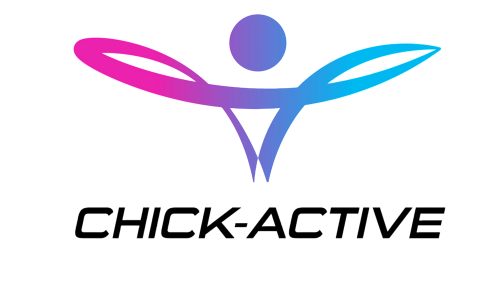
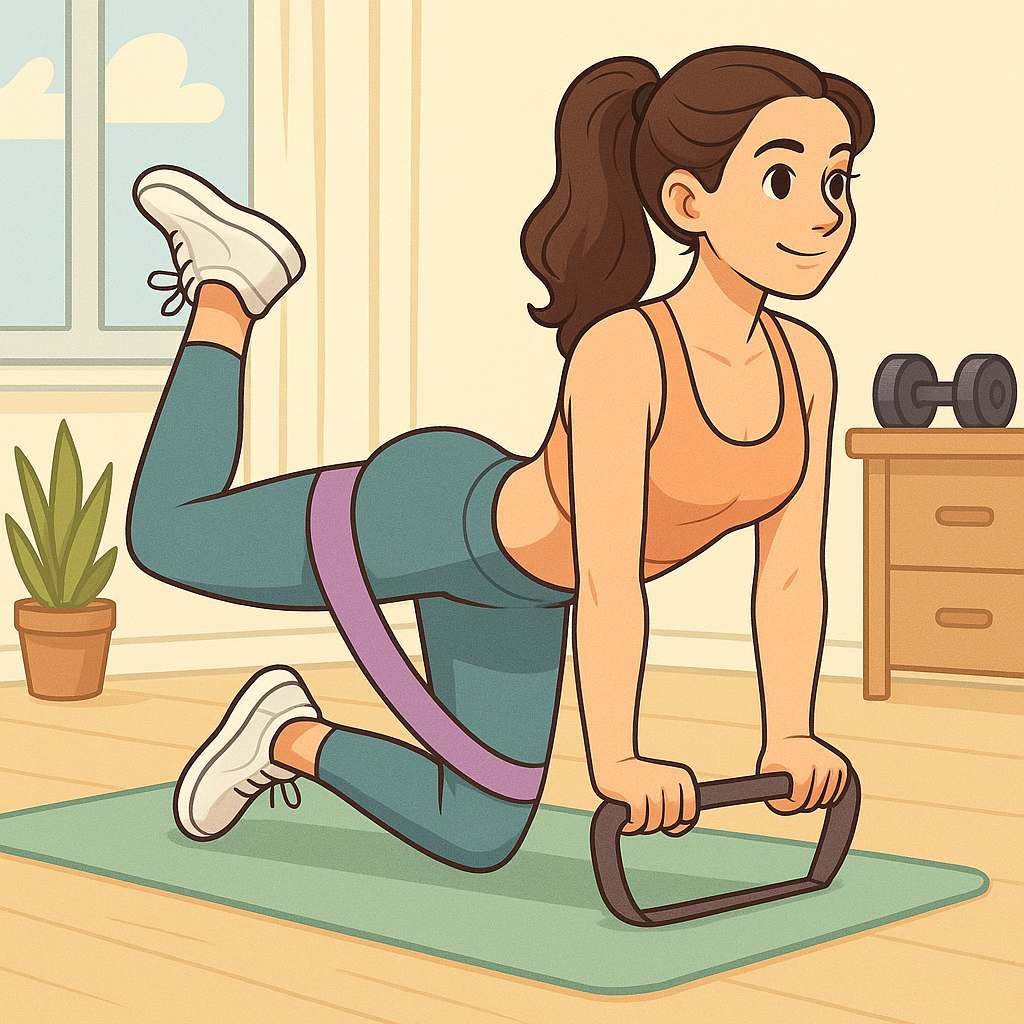
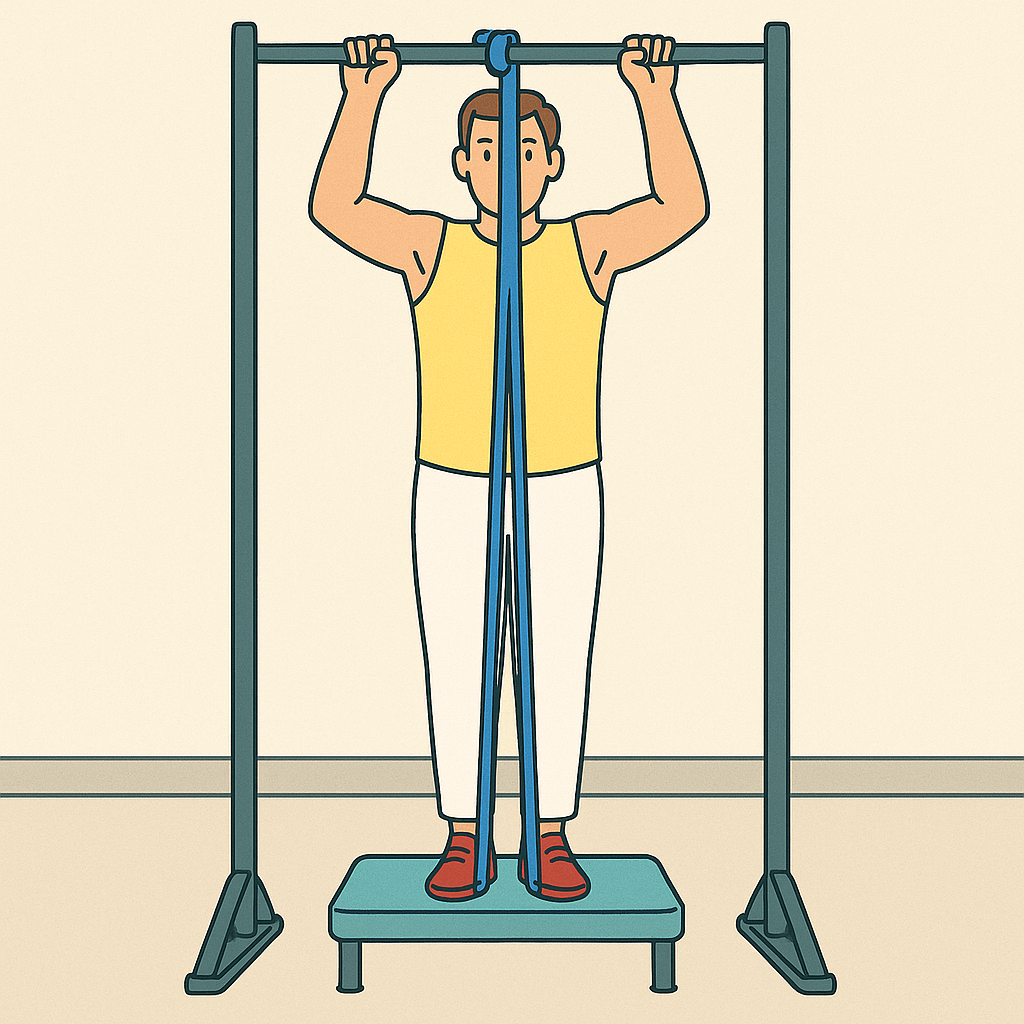
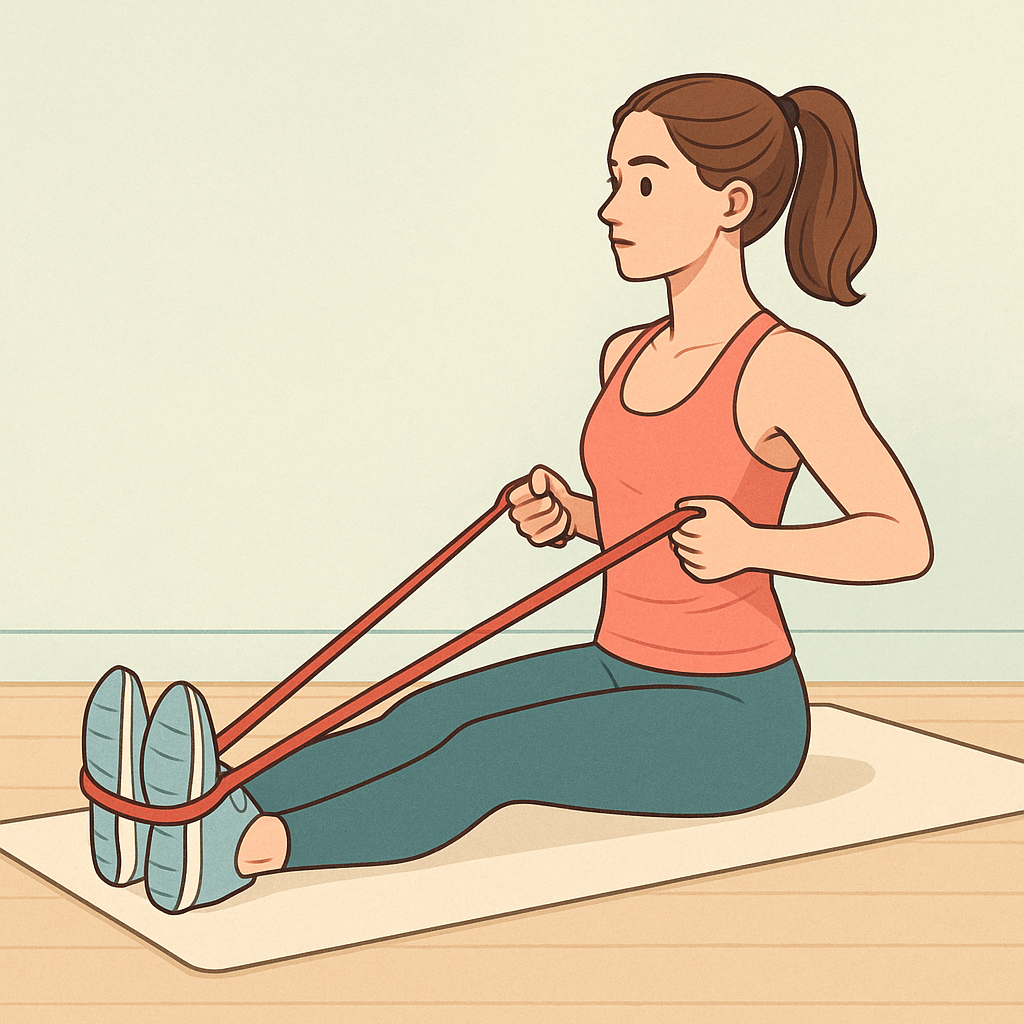
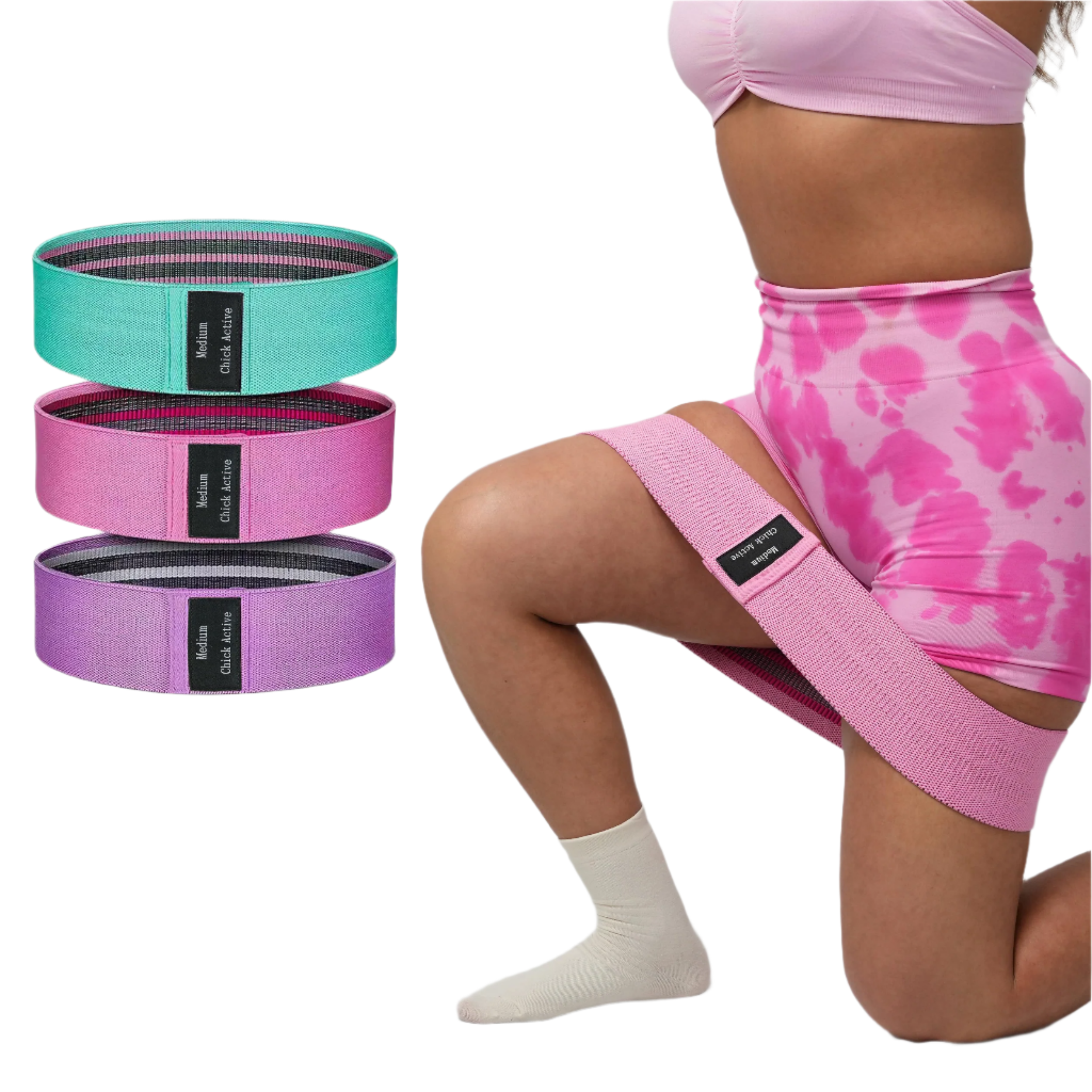
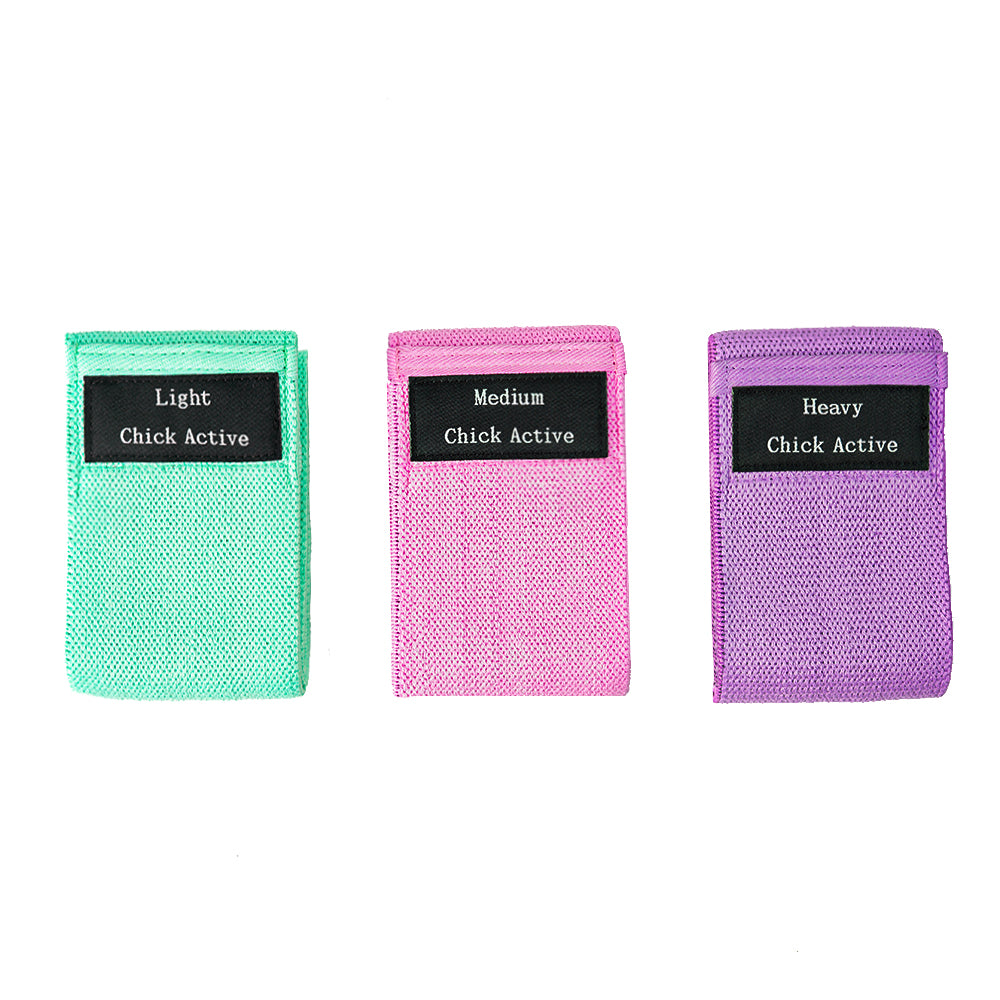
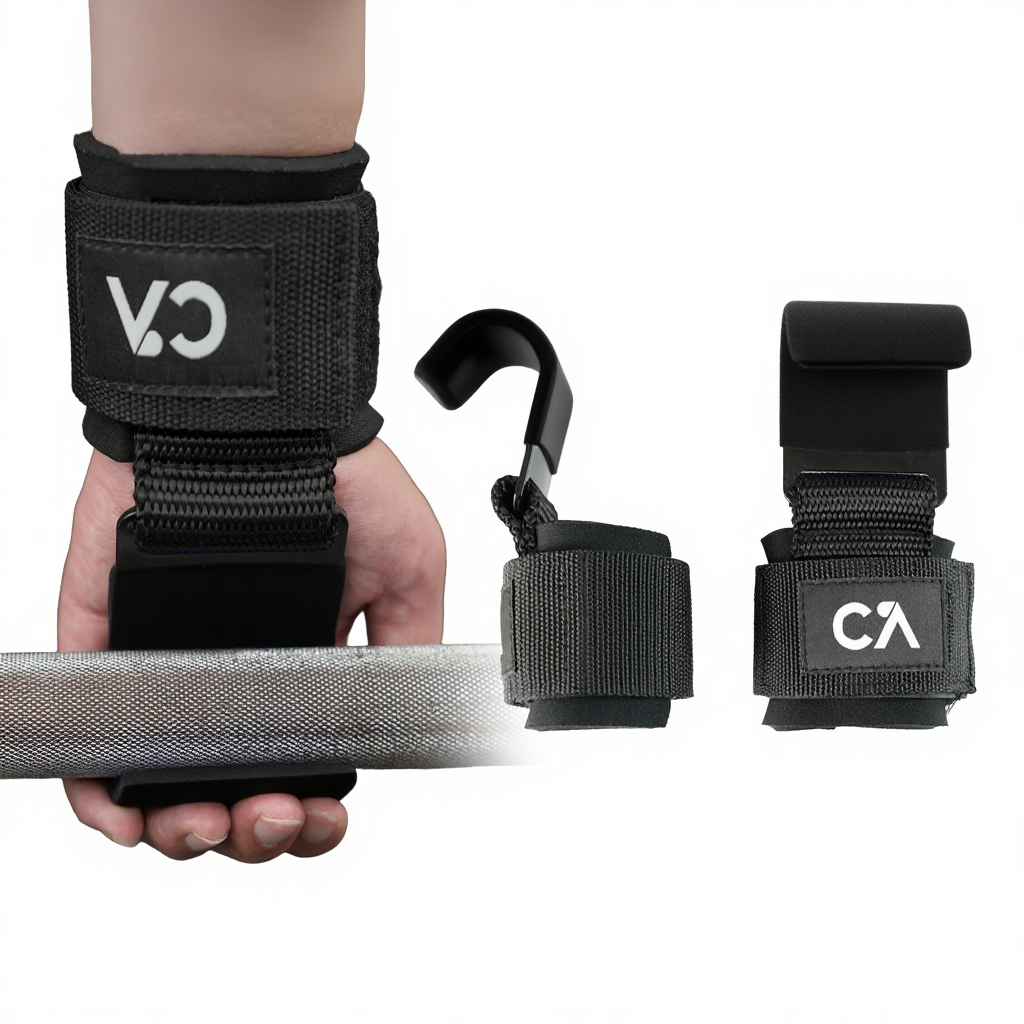
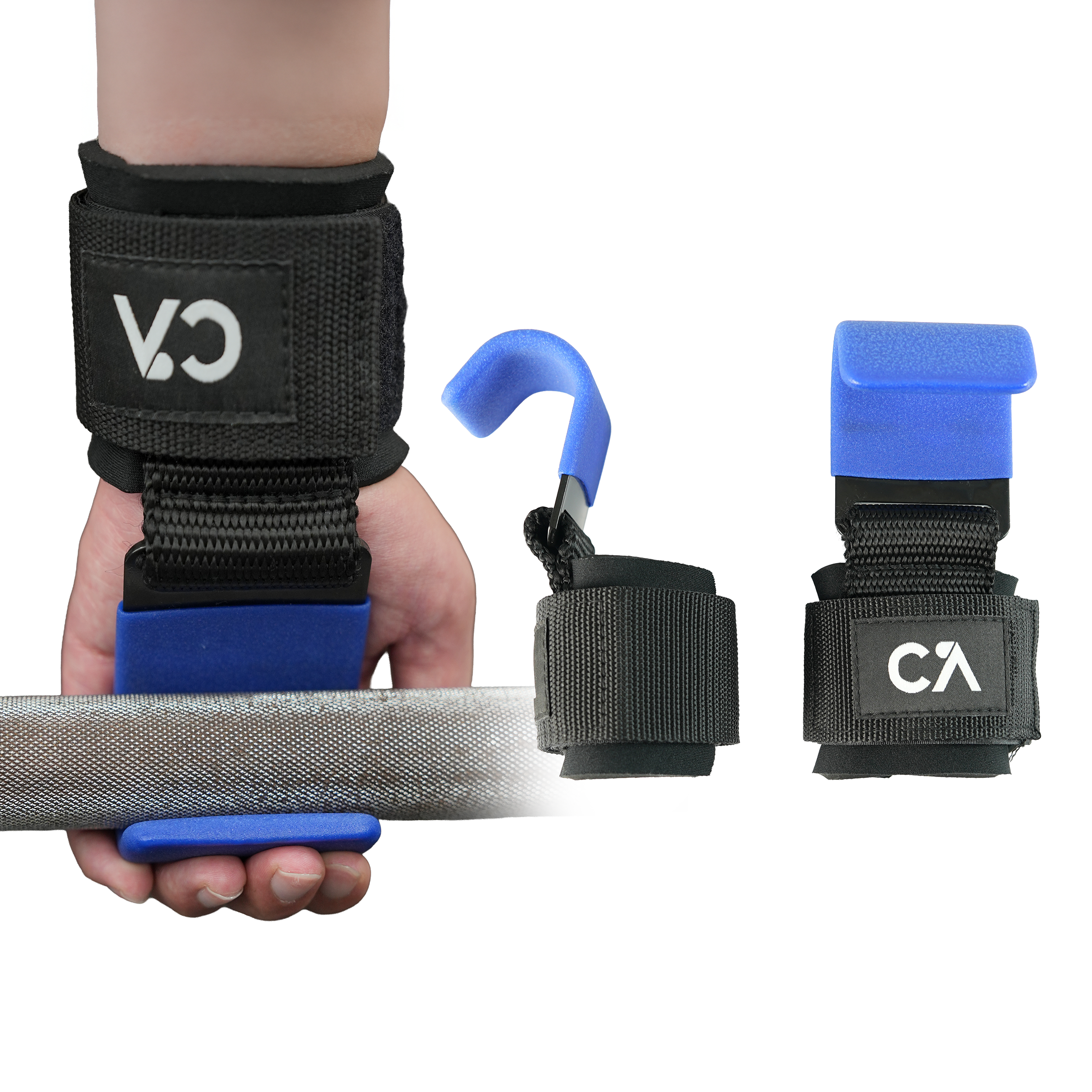
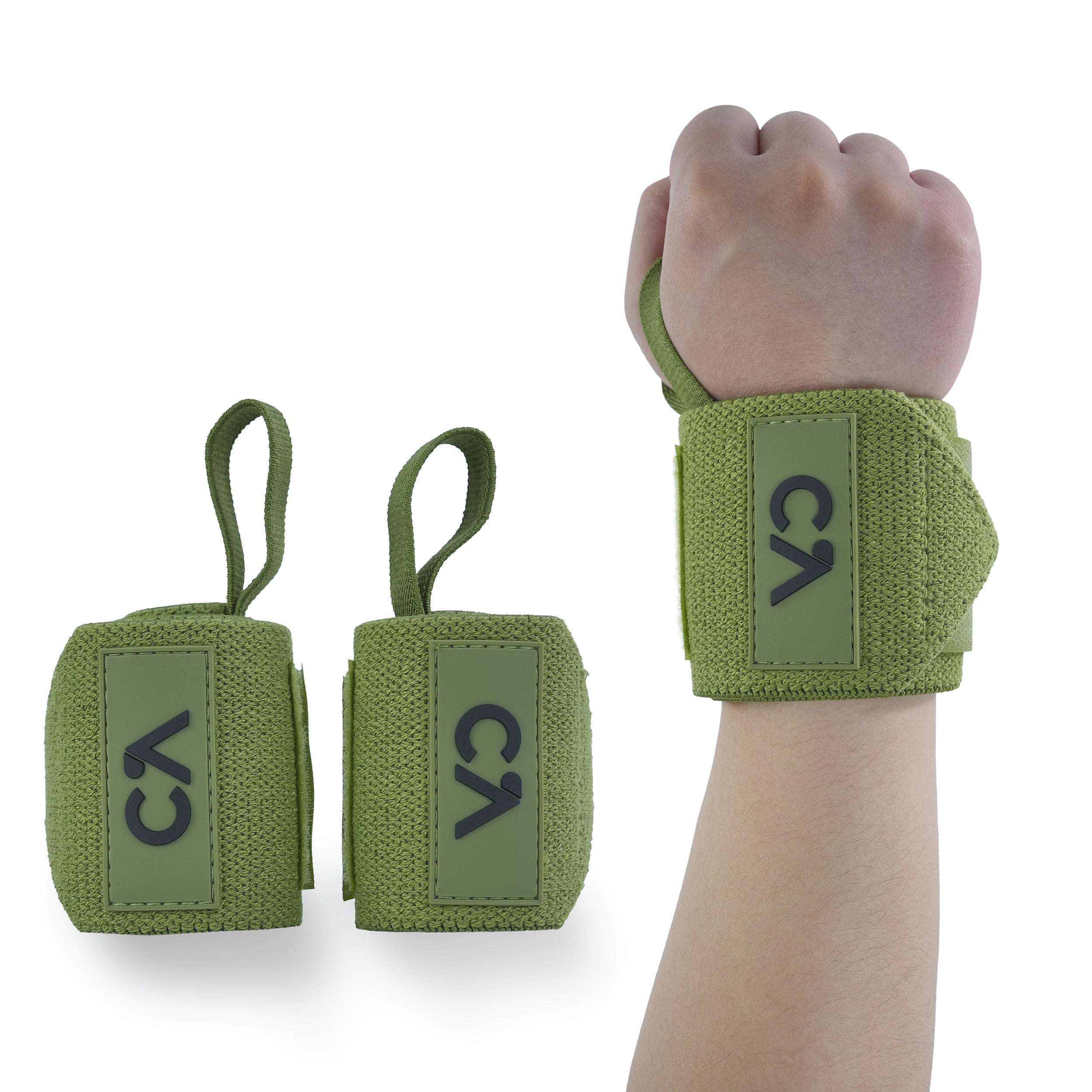
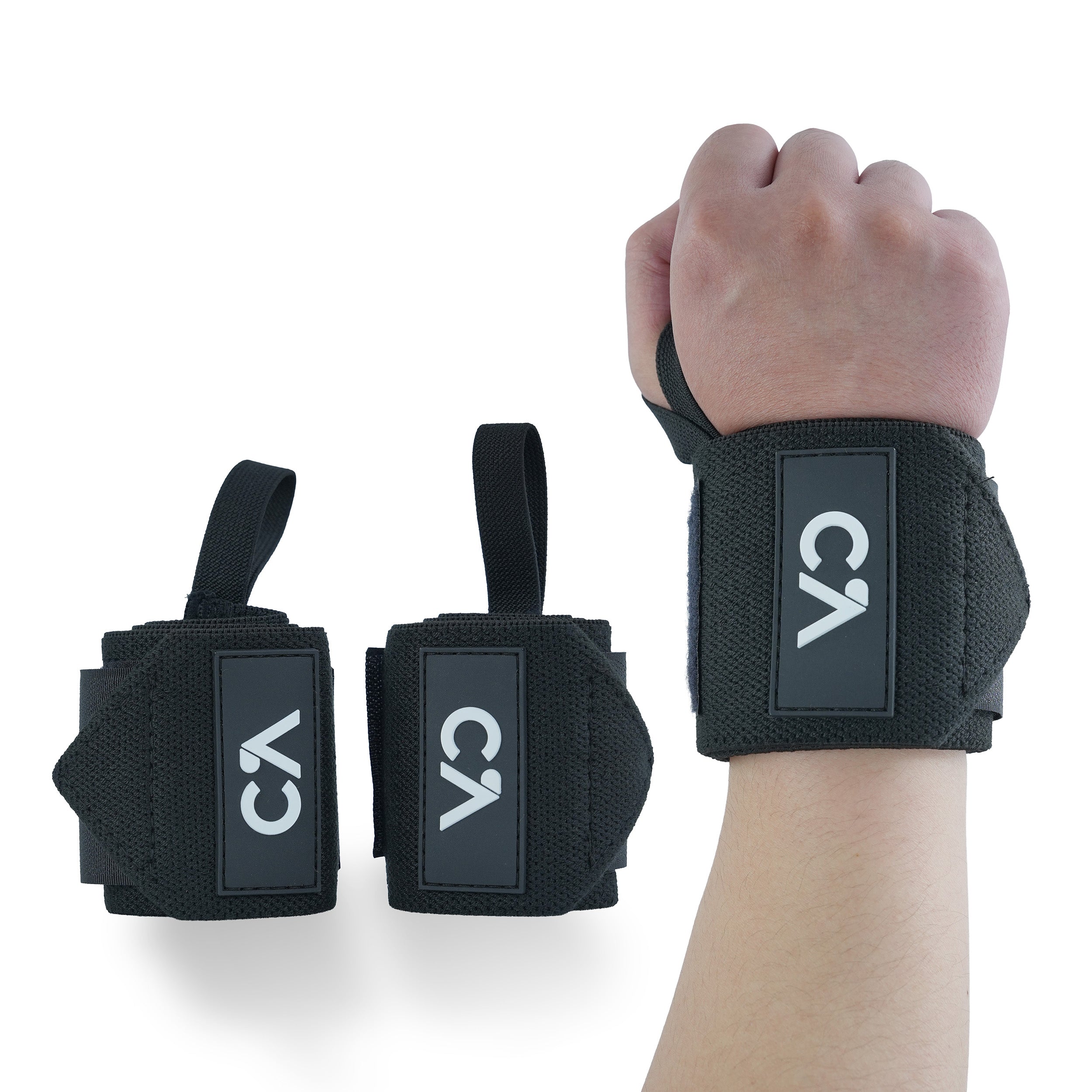
Leave a comment
All comments are moderated before being published.
This site is protected by hCaptcha and the hCaptcha Privacy Policy and Terms of Service apply.